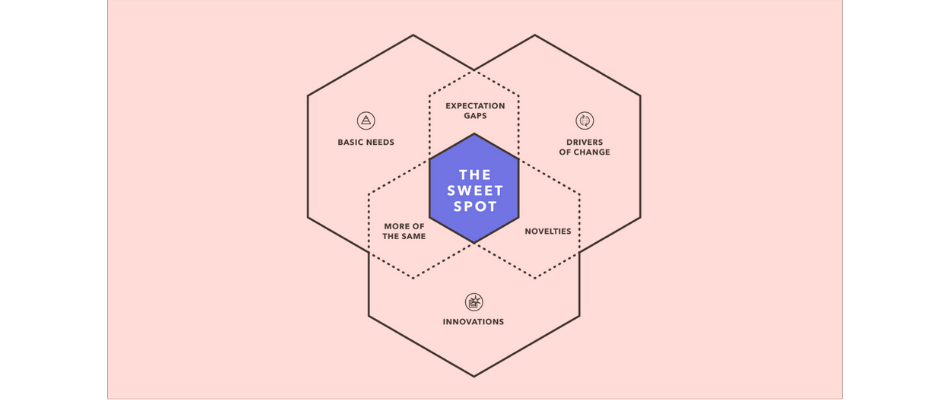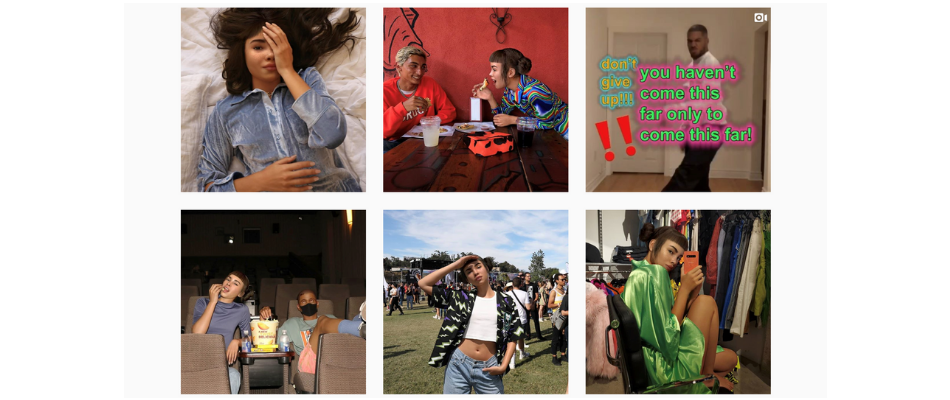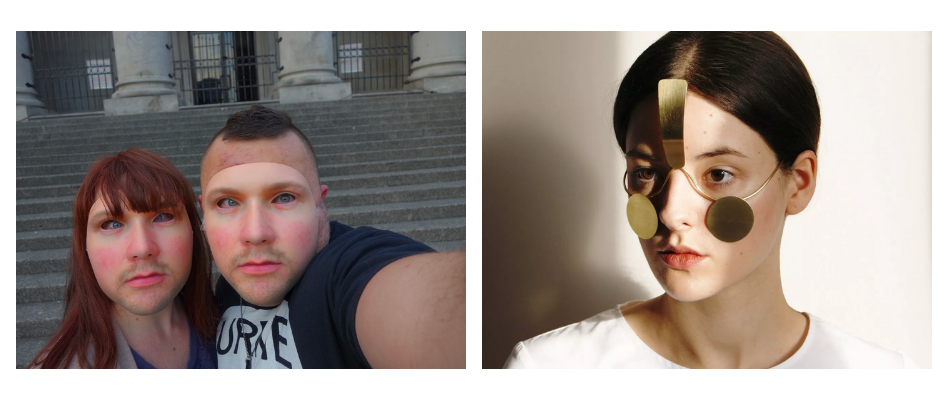Every so often I get to step away from the day to day, and spend time being inspired by the world beyond our agency. This week I had the pleasure of listening to the guys from Trendwatching share their key trends to look out for in 2020. Here's what they shared.
Trendwatching look at the world from three lenses as it’s their belief that you shouldn’t ask consumers directly but watch business innovations emerge in response to addressing people’s basic human needs, and macro shifts in society:

You could be quick to dismiss the following trends as not directly pertinent to your industry or profession, however these are trends which are shaping consumers’ expectations of the world around them, and your proposition, brand and behaviour will be judged against the best in class no matter what.
Embrace the experience economy
As well as understanding that expectations are the secret to anticipating future customer needs – those expectations are also set outside your industry. Indeed, customer expectations will be set by the best in class: design, customer experience, service, quality, price etc.
Trendwatching, 2020
This blog duology will be a whistlestop tour of what was shared at Trendwatching: The Trends for 2020 London. If you’re interested in discovering more trends then head over to their website for access to the full reports.
If you want to jump to part 2 (naughty!) then click here.
Part 1: trends triggered by basic human needs
1. Value > BRAND COINS
In 2020, brands will become bankers with their own currencies that offer new ways to earn, store and trade value.
Our lifestyles are increasingly removing the need for physical cash - credit cards have already moved to contactless, making the need for traditional wallets almost obsolete.
Cryptocurrencies like Bitcoin and Libra have been getting their airtime, but mass adoption is not guaranteed.
Okay, businesses have long issued loyalty points, think Tesco Clubcard and AirMiles, as a way of adding value to the shopping experience and offering something extra for those willing to share their data and be part of their ecosystem, but...
Trendwatching have forecasted that this new decade spells disruption to the whole notion of value, and will turbo charge it. How it is earned, stored and traded. Currencies will become issued by all kinds of organisations including brands.
Imagine a digital wallet containing different coins from different brands and businesses. Could your brand feature in their collection, and what value will you add beyond mere loyalty points?

Jaguar Landrover: Are looking to implement smart wallet technology to reward drivers with IOTA cryptocurrency for sharing useful data.
Miles: A rewards app for your daily transport routine - whether it’s by car, bus, bike or on foot - get rewarded for travelling in sustainable ways. It looks like a cross between a fitness app, shopping app, and the rewards slice of a banking or airline app.
TAP: A new currency for the experience economy. Connect your credit card and when you spend at a destination in the network, earn up to 10% of your spend back in Tap Coins to spend anywhere else in the network.
Closer to home, we’ve seen businesses recently like Gener8 emerge offering ways to earn tokens every time you see an ad. Then exchange those tokens for money, products or donate to charity.
2. Connection > brand avatars
In 2020, consumers will embody themselves via new characters in diverse digital channels.
Have you heard of Lil Miquela? No, nor me… would you believe it but she is a computer generated supermodel! Sounds bizarre I know, but not for her 1.6 million followers!! She even gets ‘paid’ to model real clothes… has the world gone mad?

Calvin Klein and others don’t think so. This is a new trend emerging whereby the two-way dialogue between brands and consumers has entered new channels and the rise of virtual companions has deepened our connections with AI-fueled entities. So we are becoming more accepting of this blurring between worlds...
A great example was shared from the US when Wendy’s entered the game Fortnite to make a point about frozen beef (by the way, they don’t do frozen beef!). Historically brands have sponsored or commercialised video game involvement in a somewhat jarring way, slapping their logo wherever they can. This demonstration of creativity, mischievousness and seamless integration could pave the way forward for participative avatars.
Similarly, more businesses may be open to the possibility of virtual employees. Last year, Chinese news agency Xinhua debuted its first virtual news anchor. The reasoning was that this anchor could deliver the news all day and all night…
What could your brand avatar look-like, sound-like, appear across or within that would help you build deeper more meaningful connections with your customers?
3. Relevance > Metamorphic Design
In 2020, consumers will embrace services that constantly adapt around their changing needs.
Personalisation is a hot topic, especially within digital due to the amount of information we have at our fingertips to offer relevant, customised messages and services. As more information becomes available along a longer time-frame the expectation is that services and even objects should adapt and change around our needs.
Take subscription services. There are some cutting edge examples of how brands are tailoring their service and adapting their offering in-line with human needs - health and beauty are two industries leading the way. Here are a few of my favourites that were shared:

Baze: vitamin subscription personalised via quarterly blood tests.
Optune: a skin cream that adapts around the need of the user on a daily(!) basis. Japan-based personal care company Shiseido launched Optune, an IoT personalized skincare system that offers 80,000 skincare patterns matched with individual user’s daily skin conditions and living environments which change day to day.
Then finally, imagine a world with driverless cars where the environment is truly personalised to your mood, triggered by your emotions. This is what KIA are trying to achieve with their R.E.A.D system.
4. Privacy > selective presence
In 2020, consumers demand new privacy controls and new benefits in a world that’s always watching.
Without doubt we’re in the era of facial recognition. It’s everywhere. Sometimes we know its happening, other times we don’t. Software is in our phones, sentient spaces (spaces that truly know and respond to their inhabitants) have become a thing, and deep fakes apps like ZAO are creating privacy rows.
We have two choices. Opt-out or opt-in, but if you opt-in we should expect to receive something of value in return.
Opt-out
The art world has been having fun with the concept of opting-out.
There is an American artist, Leo Selvaggio, who was alarmed by the volume of cameras used by police in Chicago. Over the past five years or so he has run several experiments, flash mobs and installations where the public are encouraged to use his face.
Many early facial recognition systems are fooled by this. Partially because the data sets are so bad at identifying non white men.

Brass facial jewellery from NOMA has been developed to foil facial recognition algorithms like Facebook’s DeepFace. But I’m not sure the trend will take off… I could be wrong!
Scarily there is a website which can warn passengers & help them protest against biometric use in airports. US-based website AirlinePrivacy.com informs passengers which airlines use facial recognition as part of the boarding process, and informs them on how to take action against or avoid carriers.
Opt-in
From an opt-in perspective, this next sentient space was met with rapturous applause in the audience. An AI powered bar which uses facial recognition to place drinkers in a dynamically generated queue. Bye bye ticket dispensers, hello pub tech!
To do it justice, watch the video: The world’s first artificial bar
5. Self-expression > self creations
In 2020, consumers will embrace services, tools and platforms that help them become who they truly are.
As marketers we’re guilty of defaulting to demographic, socio-economic profiling. However, we live in an age where people construct their own identities which aren’t defined by age, gender or physical location.
Digital tools have allowed people to express themselves in new ways - Snapchat added 13 million daily active users in Q2 2019 when it launched its gender swapping filter.
But now these familiar digital transformations are being more accommodated in the physical:
- United Airlines introduces a choice of five gender identification labels - M”(male), “F” (female), “U” (undisclosed), “X” (unspecified) or “Mx” (gender neutral)
- The Nonnormative Body Club has tailored workouts for transgender people pre/post surgery.
- National Council for Independent Living kicked off its Elevate Campaign Training Program (ECTP) in June 2019, the first in the US for disabled citizens who wish to run for office.
And even a brand like Mastercard has gone to great lengths to understand its customers and create something that will genuinely make a difference to their lives.
The True Name card initiative allows for chosen names to appear on the front of consumers’ credit cards. The company shared research that found that trans and non-binary people in particular encountered discrimination when buying items with a credit card with a name or gender that did not match their presentation.
They’re creating a product, as well as a sensitive and private process free of personal questions, that will allow for true names, not deadnames, to appear on cards without the requirement of a legal name change.
How does your product / service currently box someone in? How can you liberate or empower them?
There has been quite a lot to cover in these first 5 trends. I hope you have stayed with me. Head over to blog 2 for the final 5 which concentrates on brands and businesses reacting to major shifts in the macro environment.





